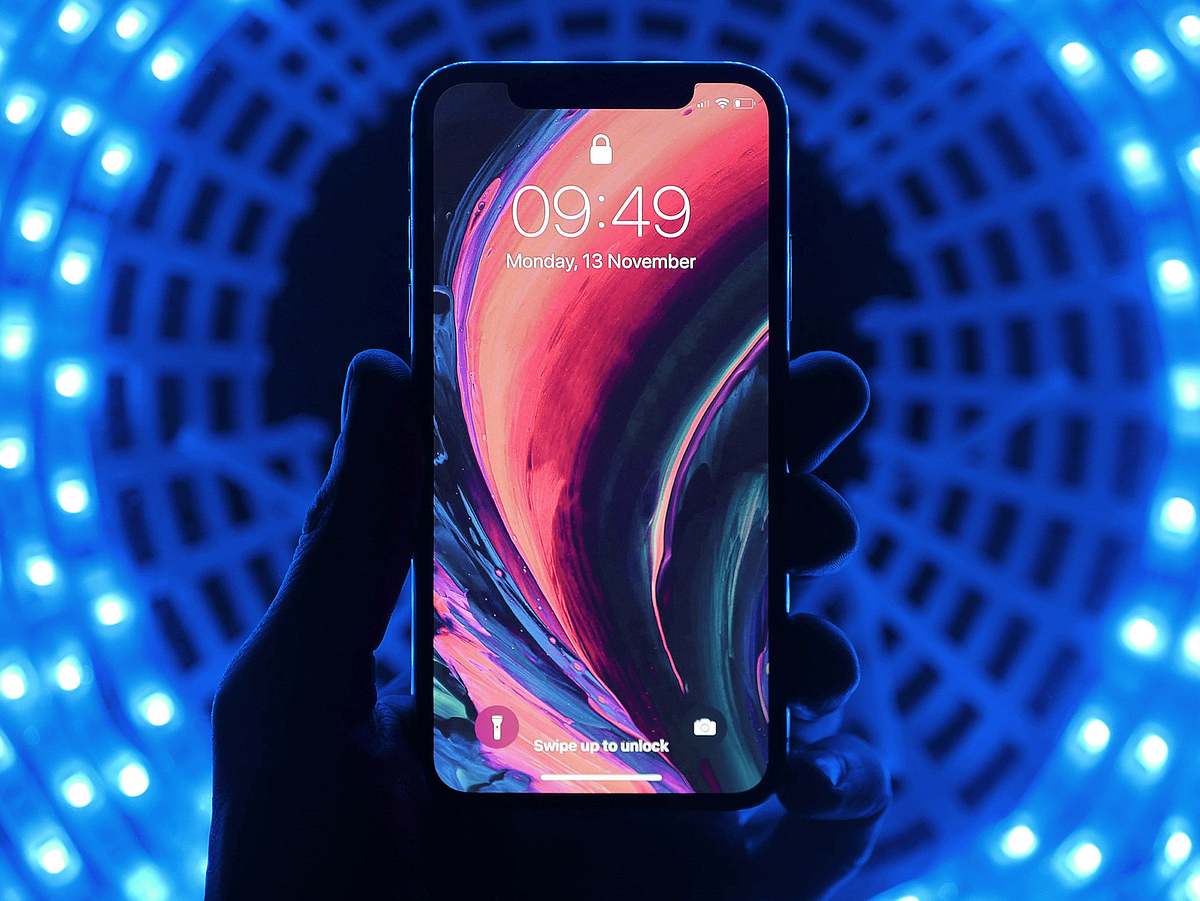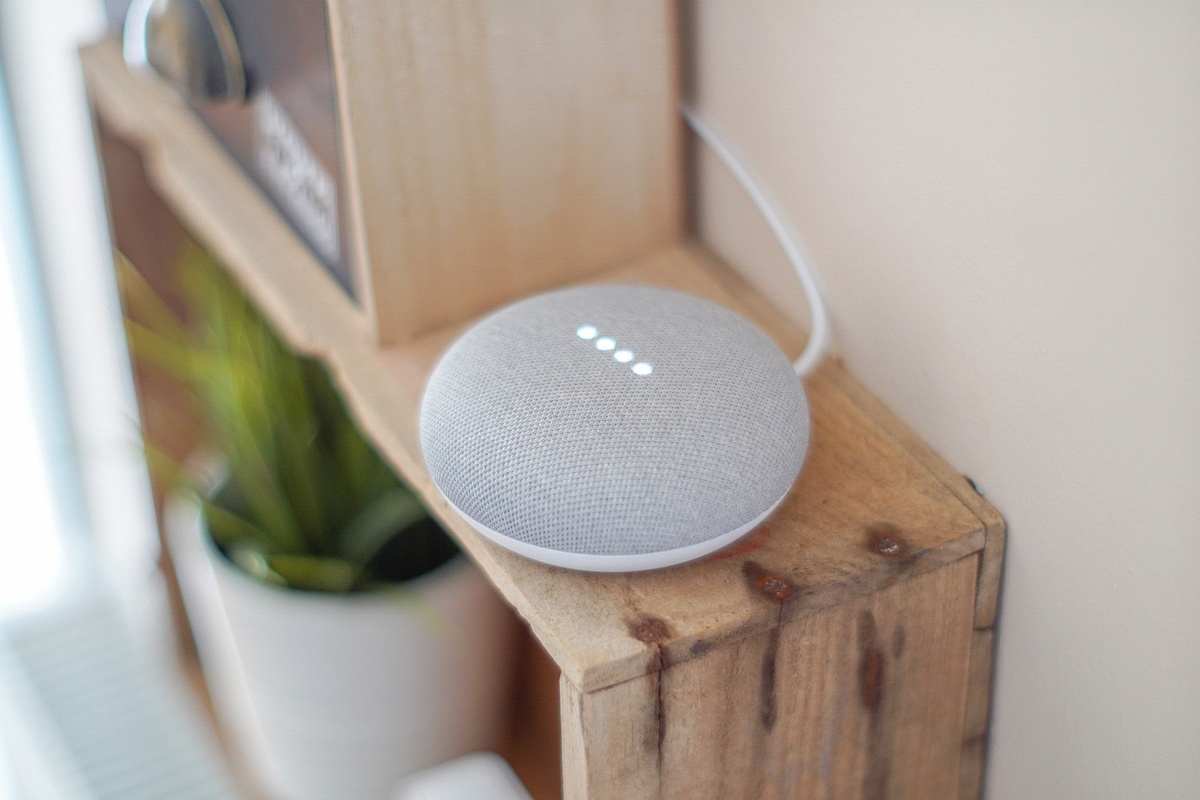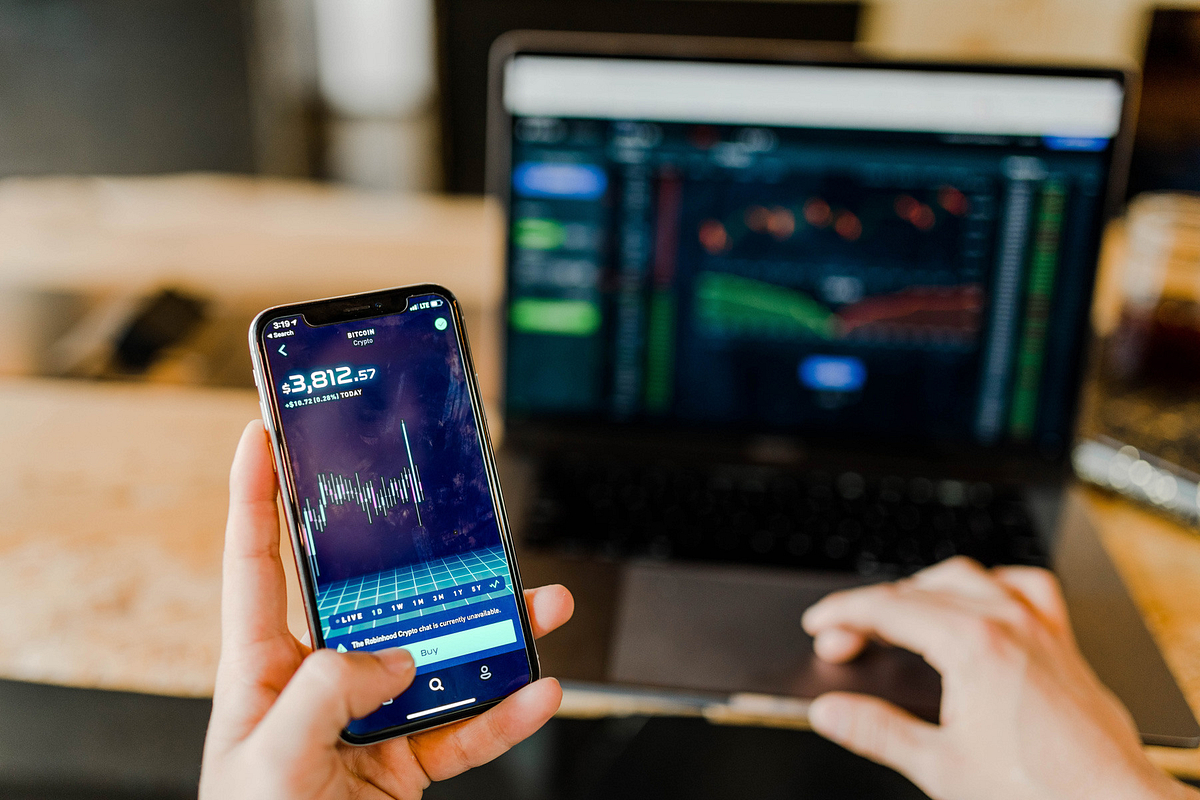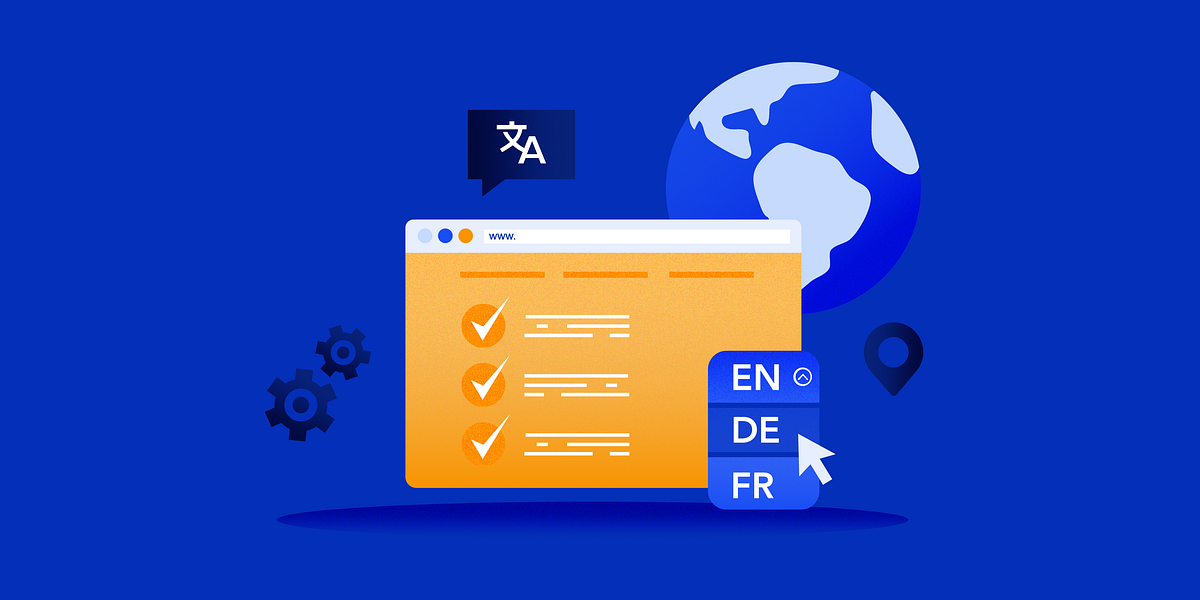
iOS vs. Android localisation - Important differences to know about
App localization is essential. Any developer worth his or her weight in gold will know that the key to app success lies in the capacity to reach around the globe. The secret, though, is that there are dramatic differences found when translating iOS and Android apps. While there may be a few general similarities, there are other aspects that differ significantly.
The differences in app localization
Mostly, you will find the differences in most system and apps menus, and they seem to be coming in just about every non-Asian language. By far, one of the most common example is the actual word, “setting.” In iOS device, the term is “ajustes,” where is in Android devices, the Spanish word is “configuracion.” So, even one simple, English word is translated differently.
Let’s take a look at where else the differences like:
- Done – in Italian is translated to “fine” in iOS and “fatto” in Android
- Camera roll – is “camera-album” in Android and “filmrol” in iOS when translated to Dutch
- Contacts – in Italian, the word “contacts” is translated as “contatti” for iOS and “rubrica” for Android
- Rating – in Spanish, the word “rating” is translated to the Android version,” puntuacion” and “calificacion” for iOS
- Wallpaper – another popular app, the English word, “wallpaper” is translated in Portuguese to “papel de parede” for iOS and “imagen de fundo” for Android.
But, why does app localization even matter?
App localization is important, since every one of us is inherently programmed to be accustomed to certain things. In terms of apps and operating systems, we get used to buttons and interfaces, and when we see something different, like new words, we feel there is something a little “off,” which is difficult to get used to since it isn’t permanent and present in each and every device, only the odd few apps that have not been correctly translated.
Localizing your apps for your target market is just good manners, not to mention proper business practice. What’s more, it is a process that necessitates a clear business case before businesses will invest in your app. Take a look at a few of the researched statistics as to why app localization is essential:
- Mobile app revenue around the world is set to rise exponentially from $51 billion in 2016 to a massive $101 billion in 2020.
- A majority 90 percent of mobile device activity happens within apps these days as opposed to mobile browsers.
- Consumers across the EMEA and APAC regions combine to generate a significant 8 times as many mobile app downloads as those in America.
The best way to ensure that your apps are properly localized is to hire professional translators with expertise in app localization. These experts are well aware of the differences and nuances and have both the knowledge and tools required to research and translate your apps so that they confirm with both iOS and Android devices.
Subscribe for more
Stay up to date with the latest articles, news and translation insights


